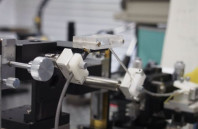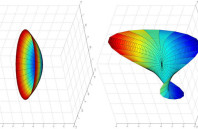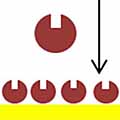Transparent metamaterials under development could enable computer chips and interconnecting circuits that use light instead of electrons to process and transmit data, representing a potential leap in performance. Read more...
Read more
Silicon Metamaterials Hold Promise for Photonic Circuits, Chips


 (585) 768-2513
(585) 768-2513









